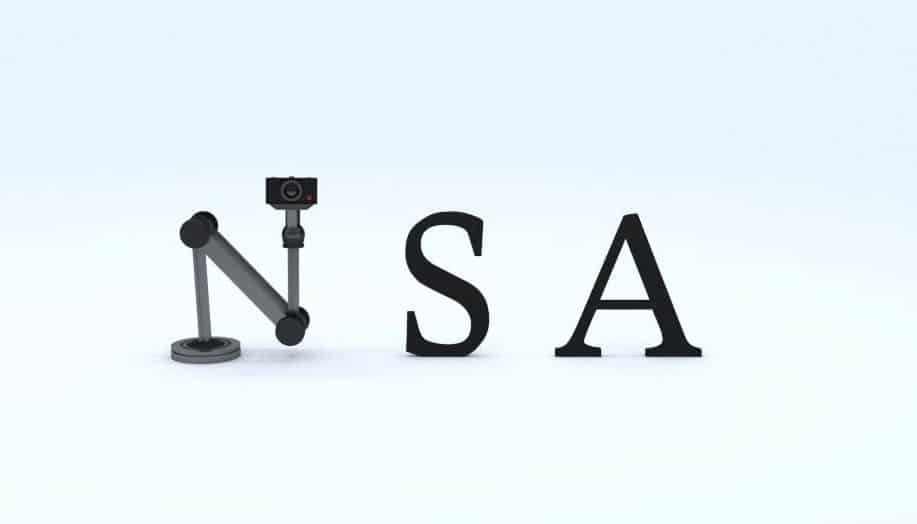Your JoeDog was just alerted to this behavior in siege:
[alert] Zip encoding disabled; siege requires zlib support to enable it
Segmentation fault: 11
Certainly the segmentation fault is the result of a bug, but we also have a configuration error. Siege is accepting a content encoding that it doesn’t support.
HTTP protocol allows servers to encode content before they send it. If a page is really large, the server might compress it first. But here’s the thing: If the server uses an encoding the client doesn’t support, then it’s pointless to encode it, right? HTTP provides a mechanism by which you can tell the server the encodings you support.
That brings us to the Accept-encoding request header. In this case, siege is sending something like ‘Accept-encoding: gzip’ although it wasn’t compiled with a compression library. To fix this problem, you can do one of two things: 1.) recompile siege with zlib and zlib-devel installed on your system. 2.) Send an empty Accept-encoding header.
You can configure that in your $HOME/.siege/siege.conf file like this:
accept-encoding =
But honestly, you should probably recompile siege with zlib and zlib-devel installed on your system…
UPDATE: Your JoeDog is unable to reproduce this segmentation fault. The sieger who reported this issue hasn’t responded with the version he is using. If you’re experiencing this, we recommend updating to version 4.0.3rc5 or higher.





